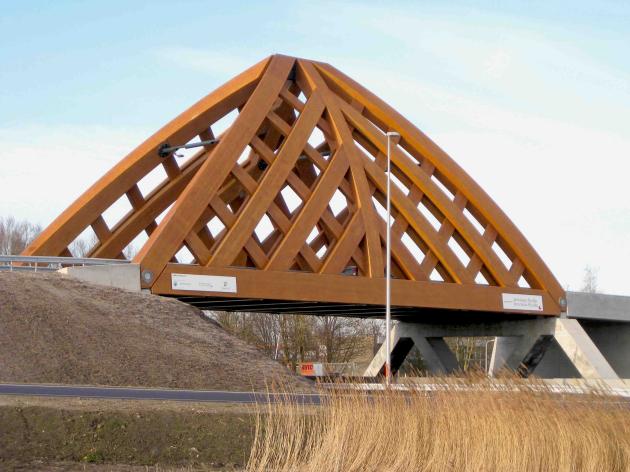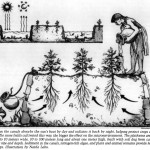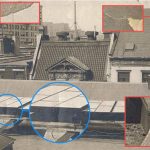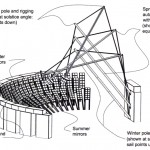Low-tech guitar by Shovelman. More at myspace.
Atlas Obscura
“Welcome to the Atlas Obscura, a compendium of this age’s wonders, curiosities, and esoterica. The Atlas Obscura is a collaborative, community-built site. Our goal is to catalog all of the singular, eccentric, bizarre, fantastical, and strange out-of-the-way places that get left out of traditional travel guidebooks and are ignored by the average tourist.”
Ostrich Car
Picture taken from: c’était au temps où bruxelles brusselait. More low-tech cars.
The End of the Line
Wooden Bridges
This wooden bridge (length 32 metres, width 12 metres, height 16 metres) was inaugurated on April 15th in Sneek, the Netherlands. The “Krúsrak” is the first wooden bridge in the world that can support the heaviest load class of 60 tons. Its life expectancy is 80 years.
Thanks to a chemical treatment of the softwood, the bridge can withstand insects, fungi and the harsh weather conditions in the most northern province of the Netherlands (Friesland). Wooden bridges require much less energy to construct than steel or concrete bridges.
Only the road-surface of the “Krúsrak” is made of steel – originally it was planned to be of wood, too, but then it should have been 2 metres thick. More information here (in English) and here (in Dutch).
Related: Covered bridges – how to build and rebuild them. Also: wooden pipelines.






